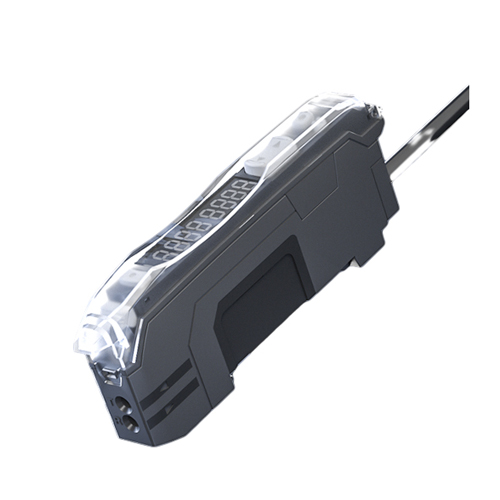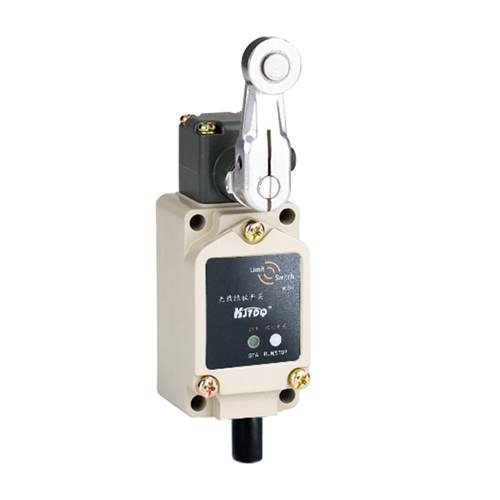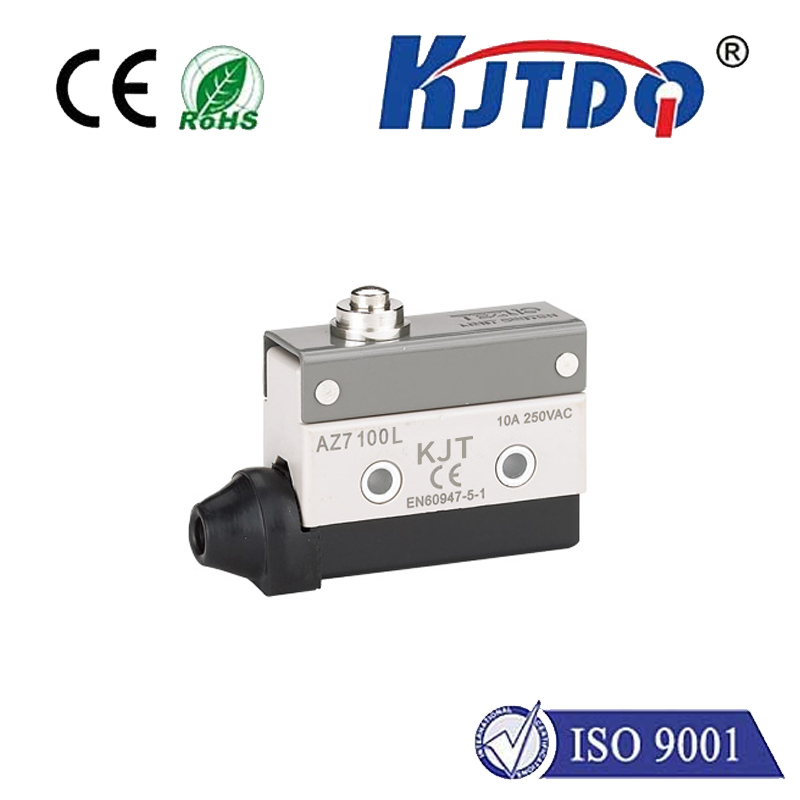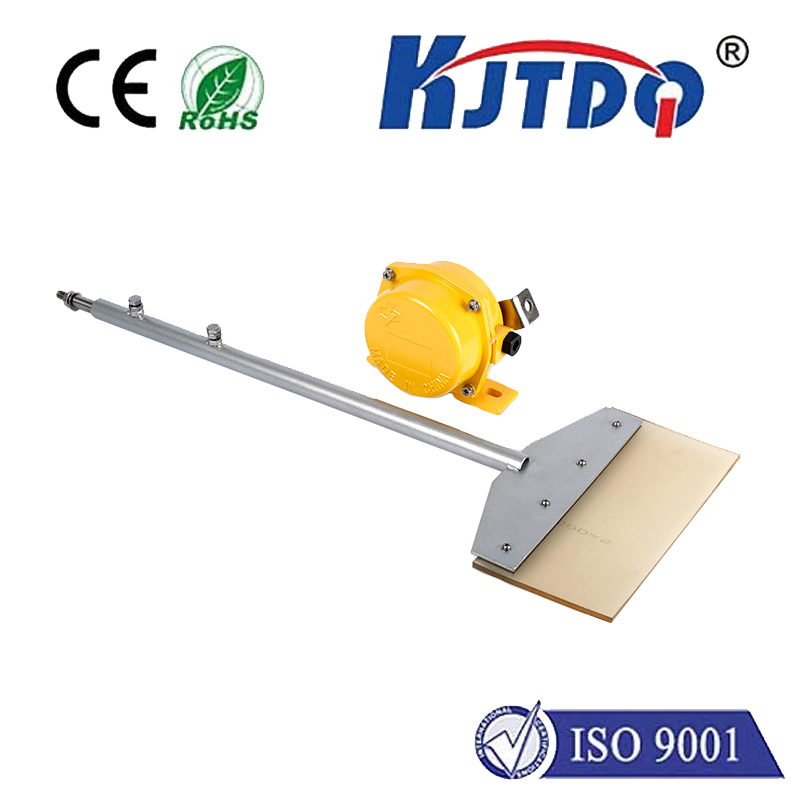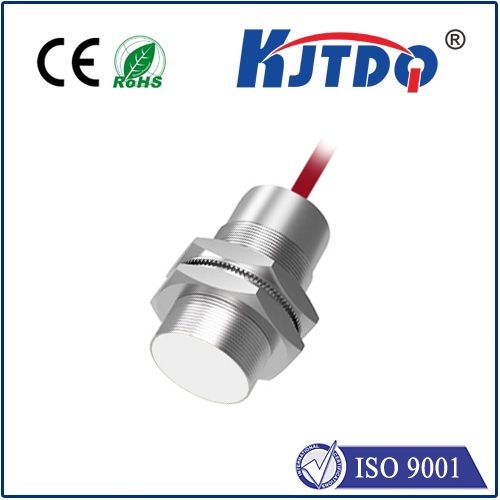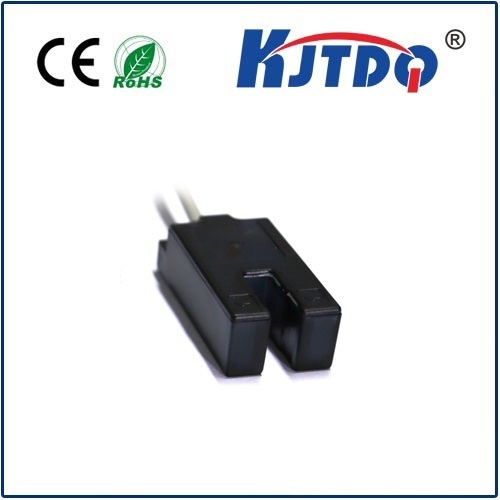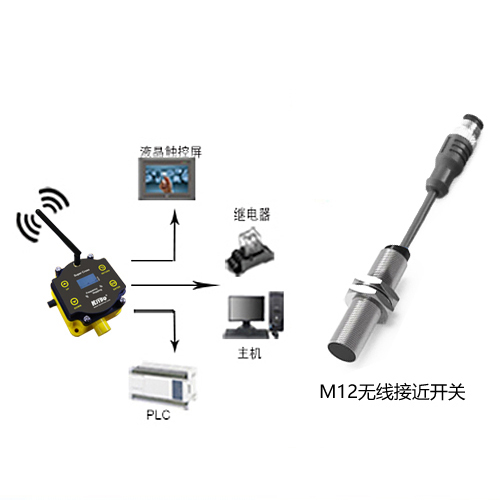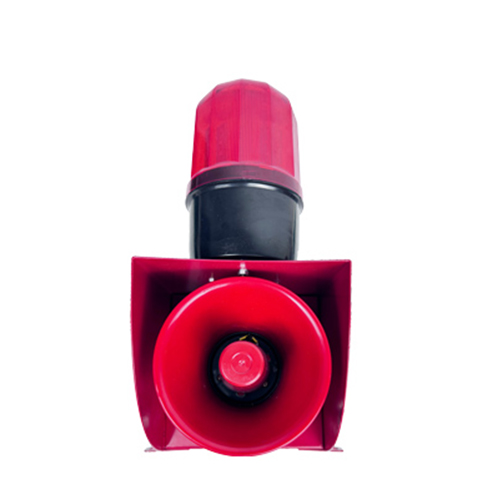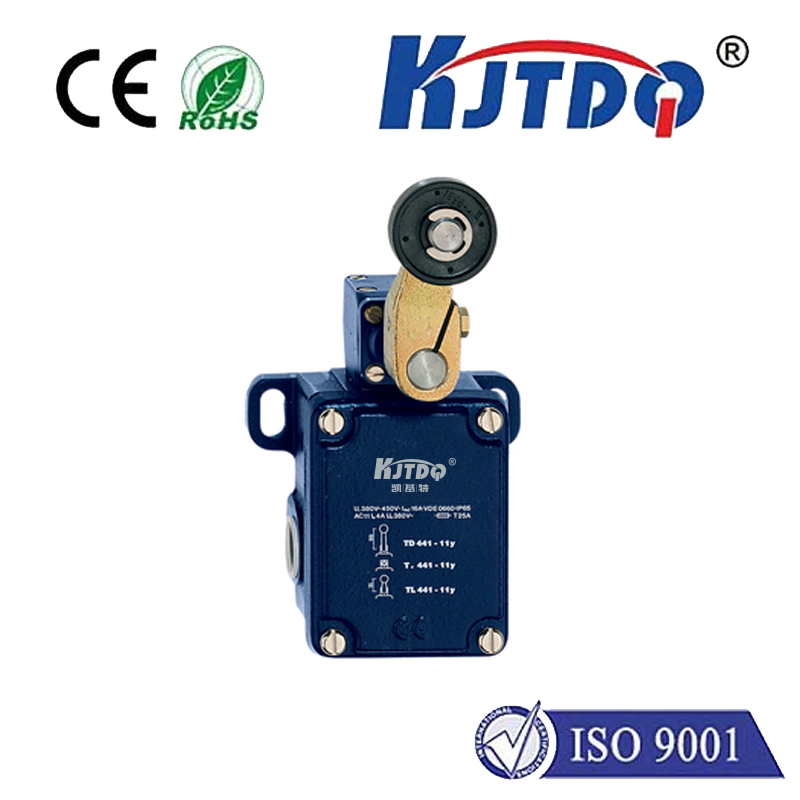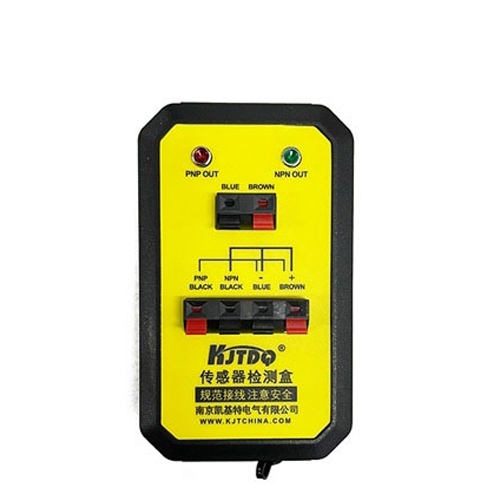

check

check

check

check
Imagine a critical hydraulic press operating at hundreds of bar. Inside a deep-sea exploration vehicle battling immense water pressure. Or within a high-pressure cleaning system ensuring industrial hygiene. In these scenarios, reliable object detection isn’t just convenient – it’s paramount for safety, efficiency, and preventing catastrophic equipment failure. This is precisely the domain of specialized components like the BES05NJ High Pressure Proximity Sensor. Engineered to perform where standard sensors falter, this device represents a critical solution for industrial applications operating under extreme pressure conditions.
Proximity sensors, inherently non-contact marvels of engineering, detect the presence or absence of metallic objects using electromagnetic fields. Unlike mechanical switches prone to wear, they offer silent, reliable, and highly repeatable operation. However, standard inductive proximity sensors, while robust in many factory settings, have a significant vulnerability: their sensing face and housing are not designed to withstand sustained, high levels of external hydrostatic pressure. Subjecting them to such conditions risks deformation, diaphragm rupture, seal failure, and ultimately, sensor malfunction or destruction.
This inherent limitation is where the BES05NJ distinguishes itself as a specialist. The designation “High Pressure” in its name isn’t marketing hyperbole; it’s a core engineering specification. This sensor is meticulously designed and constructed with one primary objective: to maintain impeccable sensing performance and structural integrity when submerged in or exposed to fluids operating at significantly elevated pressures. Its robust build, featuring a typically stainless-steel housing and engineered seals, creates a formidable barrier against the crushing force exerted by its environment.

So, what defines the capabilities of a sensor like the BES05NJ? Key characteristics include:
Where does the BES05NJ High Pressure Proximity Sensor truly shine? Its application space is defined by environments where pressure is the dominant challenge:
Choosing the right sensor for such demanding tasks is non-negotiable. Opting for a standard sensor in a high-pressure application is a recipe for premature failure, unplanned downtime, potential safety risks, and costly replacements. The BES05NJ mitigates these risks. Its specialized design translates directly into increased operational reliability, reduced maintenance costs, enhanced safety protocols, and long-term system integrity. When the pressure is on, sensor integrity cannot be an afterthought; it must be a foundational design choice.
Integration of the BES05NJ follows standard proximity sensor practices concerning voltage supply and output connections (typically 10-30V DC). However, critical attention must be paid to two installation factors:
The BES05NJ High Pressure Proximity Sensor stands as a vital component in the engineer’s toolkit for tackling the toughest industrial environments. Its existence addresses a fundamental gap, providing a robust, reliable detection solution precisely where conventional sensors simply cannot survive. By specifying this sensor for applications involving significant external pressure, designers and maintenance teams gain confidence. They know they have a sensing element engineered not just for proximity, but for proximity under pressure, ensuring vital feedback loops remain intact, processes stay under control, and machinery operates safely and efficiently, even when the forces acting upon it are extreme. It embodies the principle that the right tool for the job isn’t just about function; it’s about resilience in the face of overwhelming environmental demands.
